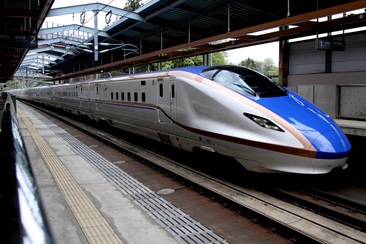 Shinkansen takes you to Tokyo for 70 minutes. Shinkansen takes you to Tokyo for 70 minutes. Shinkansen Tsuukin (Commuting by the Bullet Train) has been a word of envy or of curiosity in Japanese business society. Most Shinkansen commuters choose to do that because of some family reasons for not being able to live near their workplace. Applying for Shinkansen commuting allowance to their employer is generally a hard negotiation, since it is very costly for the company. Applicant needs a certain justification with inevitable reasons. It has not been an everyone's choice. When you start Shinkansen commuting, you must get accustomed to that environmental change. However, you will shortly understand that 70 minutes (one-way to Tokyo) boarding on Shinkansen is not like usual commuting experience as what you have in local commuting train. You can basically have a seat in non-reserved cars during commuting time, and you can work on your laptop PC if you like. For new-type E7 and W7 Shinkansen cars, you can find 100V AC power outlet for each seat for all classes. For progressive businesspersons, Shinkansen commuting time can be transformed to time of productivity. On the other hand, you must well consider the economics of Shinkansen commuting. Price of 3-month passenger pass between Karuizawa and Tokyo is 356,450 Japanese Yen (125,060 yen for 1-month pass). Under current Japanese national tax law, a company can deduct up to 100,000 yen per month per employer as a monthly commuting cost from the company's taxable income. So, theoretically, you can negotiate up to 100,000 yen as a monthly allowance. At least, amount exceeding 100,000 yen will be your own cost. As most companies set a rule for upper limit of monthly commuting allowance, how much you can negotiate depends on your relations and power balance with your company. As I wrote in my previous article, the number of Shinkansen commuters in Karuizawa is growing. Many progressive Tokyo workers have started to choose Karuizawa life after studying its costs and benefits. It may become your agenda in this year-end season to plan your future lifestyles.
0 Comments
We wish you Merry Christmas from Karuizawa, Japan. It was a very warm day today. (around 10 degrees Celsius) Posting some pictures, hoping you to feel winter atmosphere of the town. 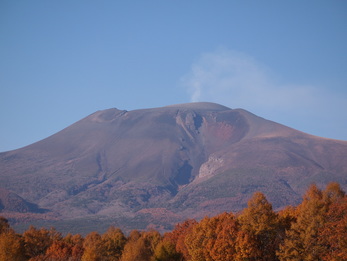 Mount Asama in Fall 2015. Mount Asama in Fall 2015. Mount Asama (altitude 2,558 meters) is one of the important landmarks of Karuizawa. It is one of the most active volcano in Japan, and its dynamic mountain body and volcanic plume are giving an accent to the regional scenery. Mount Asama is one of the most active volcanos in Japan. In fact, it erupted in very small scale in June this year. Just 4 days before the eruption, Japan Meteorological Agency raised the volcanic alert level of Asama from 1 to 2. It means that you are currently not able to go inside the 2 kilometers zone from the crater, though you were able to go inside 500 meters zone from the crater when it was level 1. It should matter for mountain climbers but it does not so much for ordinary town residents. As of December this year, Asama is fuming everyday as it usually has been doing so for many years, but we do not feel any imminent sign of intensified volcanic activities like increased frequency of earthquakes. JMA monitors the volcanic activities of Asama with sensors and cameras, and warns people appropriately. Asama erupted in 2004 and 2009 in recent history. In August 31, 2004, JMA raised the volcanic alert level from 2 to 3 then Asama erupted in mid scale on Sep 1, the next day. In February 1, 2009, JMA raised the alert level from 2 to 3 then Asama erupted in mid scale on February 2, the next day. Asama's volcanic observation system is considered very sophisticated, and I think it will continue to be trustworthy for coming years. Asama eruption of course influences town people's life. Fortunately, there has been no fatal disaster by the eruption since 1947. However, decreased demand for sightseeing, travel, and real estate hits the town economy and market. In 2004 the average land price in Karuizawa dropped by 4.3% and continued to drop by about 0.8% for 2005 and 2006 respectively. In 2009, it dropped by 8.2% and continued to drop by 5.8% in 2010 and picked up to grow by 5.4% in 2011. It is difficult to tell its impact numerically due to much larger significant economic events like the Lehman Brothers bankruptcy shock in 2008. According to a real estate person in town, the market certainly suffers from the impacts by the eruption but such negative impact does not last for so long period and the market picks up again in a few years. It means, people go out temporarily but come back soon. For people who consider to relocate and own a house here, Asama eruption risk should be a major concern. Actually, I was one of them before moving to the town. However, currently, I understand that the risk of living here is equivalent to the risk of living elsewhere in Japan. Japan is a volcano and earthquake island country, and we must always be aware of natural geological disaster risks in terms of both physical safety and personal asset value depreciation. I experienced the East Japan earthquake disaster in March 2011 in Tokyo, and understood that living in a city does not always ensure personal safety during such severe natural disaster. I personally concluded that living near the active volcano does not necessarily increase my life risk. Seeing the fuming volcano of Asama everyday, I feel the value of living near this great nature wonder. It is not something you can experience in city areas. 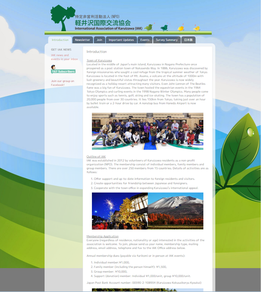 Click the image to jump to the IAK website Click the image to jump to the IAK website Population of Karuizawa just exceeded 20,000 this year. Among them, about 250 are registered foreign residents (source: Karuizawa town administration 2014 statistics). It may look small in number, but their presence on international atmosphere of the town is significant. It should be a heritage since when a Canadian missionary found this area and later John Lennon and his family spent their summer days here. International Association of Karuizawa (IAK) is a center of such international cultural exchange in the town. It was established in 2012 and provides many occasions for socializing, music, sports, arts etc. for its members to enjoy inter-culture communications. Visit its Facebook page to feel its atmosphere. Similar activities may be there in a city region like Tokyo, too, but what is unique in Karuizawa is, I think, that people here are very open and active in building friendship. It may be because we have relaxing and slow-life atmosphere of a resort town, but additionally because such entertainment facilities as good food, drink, sports, music, arts places, nature, and residences are located in this relatively small area with nice balance. It must not be something which you can experience in a city area. Kevin's Bar is my another recommendation to feel international atmosphere in a casual manner. Kevin moved from Tokyo and opened his bar in front of the Karuizawa station in 2013. By then, night scene in Karuizawa station vicinity was not so lively but he then brought an open socialization place in this area with western style standing wine bar. People gather every night (even during winter) here to enjoy chatting and drinking. Come and meet international people and culture, and enjoy the town. Karuizawa is one of the rare habitats of Japanese Squirrel. We sometimes see them in forest areas. As the town develops and the fragmentation of the forest goes forward, its population is observed to be decreasing in recent years. Some people in the town are very active to protect the Japanese Squirrel. Kazusa Nakamaru, a professional writer in the town, is one of them. She had been working in Tokyo for long time. She moved to Karuizawa in 2012, when she was fascinated by squirrels in the forest near her house, and began photographing them. She published a photo and essay book "Mellow, the Japanese Squirrel" in August 2014. Since then, she launched a civil activity "Mellow, the Japanese Squirrel, the project from Karuizawa" to protect Japanese Squirrel in the town. The project raises a fund to protect the town forest through her educational seminars and photo exhibitions events in various cities in Japan. When you see squirrels in town, please remember environmental situations being faced by them, and people who pay significant effort to protect them. 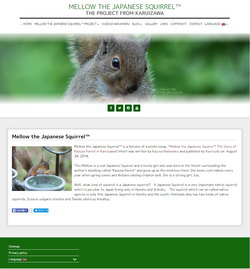 Click the image to jump to the site. Click the image to jump to the site. In my previous post, I wrote about the usage of Airbnb in Karuizawa. Besides them, there are other types of short term vacation rental services. I am picking up some of them. 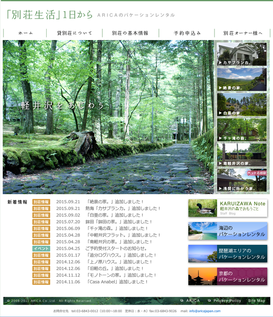 Click the image to view ARICA website (Japanese) Click the image to view ARICA website (Japanese) "ARICA vacation rental" has been operating in Karuizawa for several years. They operate distributed 4 villas for daily hotel-like service, 46 villas for monthly leasing service, and 2 villas for trimonthly leasing service. Their daily service villas obtain a hotel service permit from a local government, and therefore are completely legal. That is a difference from villas being brokered on Airbnb. Their fees are set to compete with local hotel service like Prince Hotel and Hoshino Resort. Hotel usually charges you per capita, but ARICA charges you per room. Though the room charges tend to be high during summer, I think you can consider their services as a good option for seasonal stay. 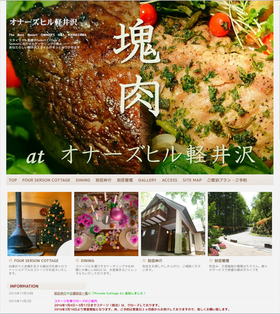 Click the image to view Owners hill website (Japanese) Click the image to view Owners hill website (Japanese) Owners Hill Karuizawa operates "hotel-style" daily accommodation service, using several Karuizawa style cottages and villas. They are originally a real estate brokerage and property management company, and seem to began this hotel-style accommodation service by leasing some unused cottages from the cottage owners. (source: All About article in May 2012) Their fee system is the same as hotel, daily fee per capita, but still competitive to Prince and Hoshino. They close during winter from January till March, but I think it is worth trying if you like to experience Karuizawa lifestyle in other seasons. Their cottages are aggregatedly located in Oiwake district of Nishi Karuizawa. Other listings:
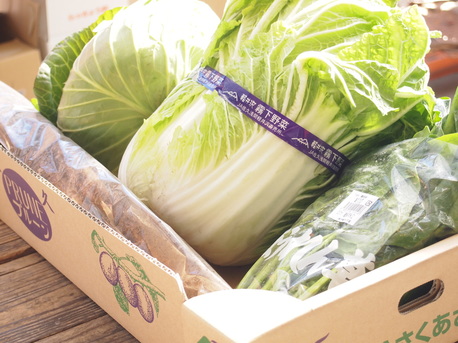 Karuizawa Kirishita Yasai (Chinese cabbage is a main product in a winter season.) Karuizawa Kirishita Yasai (Chinese cabbage is a main product in a winter season.) As most Japanese people know, Nagano is the prefecture of longevity. Nagano was ranked #1 among Japan's 47 prefectures in 2010 at the average lifespan of 80.88 for male and 87.18 for female. National average then was 79.59 for male and 86.35 for female. Those for Karuizawa residents in the same survey is 81.6 for male and 87.0 for female. Interestingly, Karuizawa male lives longer than the Nagano prefecture average. Researchers have been studying why Nagano citizens have such long lifespan. They concluded so far that the secret is in vegetable intake volume of people in this area. According to the survey by the Japanese government in 2012, Nagano male eats 378.1 grams of vegetable per day while national average is 295.6 grams. Nagano female eat 364.8 grams per day while national average is 280.2 grams. Of course, these numbers are ranked #1 among the 47 prefectures. Actually, what amazed me after my move to the town was the wide variety of vegetables sold in a local supermarket. Nagano is famous as a major national production site for lettuce and mushroom. Amazingly, Nagano has more than 80% of domestic shipping share among all domestic lettuces in summer and autumn. Local people in Toshin (Eastern Nagano, including Karuizawa) are known to have a unique culture to cook the lettuce in variety of ways. Putting lettuce leafs in miso soup for example is one of unique local cooking recipes in this region. Karuizawa Kirishita Yasai (vegetables grown under fog) are especially regarded as premier vegetables among those Nagano vegetables. It is named so because Karuizawa is known as a foggy highland area. Such branded vegetables include lettuce, cabbage, spinach, corn, etc. They are so popular not only by local residents but also by visitors that they tend to be sold out within an hour after a store opened. Though they are premier in terms of quality but not in terms of price. They are currently only sold at the JA Saku Asama certified shops in the area. I personally feel I have became healthier since I moved from Tokyo. Though my body weight has not changed much, blood pressure and glucose level are improving every year since I started living here, and finally those values went well below the national average of my age this year. Of course, the vegetable intake volume is not the only cause of it, but I my meal menus have changed certainly. I may be able to live longer than average males in this country. Living in Nagano should be an option for vegetable lovers and people who seek to improve their health.
 ISAK website (Click the image to jump to the ISAK website.) ISAK website (Click the image to jump to the ISAK website.) Karuizawa became a headline in education and business news last year, when International School of Asia Kazuizawa (ISAK) opened in August, 2014. ISAK is the first boarding (fully residential) international high school in Japan. Founder, Ms. Lin Kobayashi, is a famous businessperson who used to work for Morgan Stanley and UNICEF. She decided to open this school to educate and train students from all over the world to lead them to become a leader and creative thinker in complex international society. ISAK is a certified International Baccalaureate school, and curriculum are basically taught in English. Interestingly, the school says that about 70% of ISAK students come from outside Japan and represent 29 countries. This diversified large group of young people gives positive changing effect on local community through the school's extracurricular community activities. Generally, an international school in Japan used to be for kids from foreign families which happened to inhabit in Japan for business reasons. So, most international schools in Japan are located in city areas like Tokyo. ISAK is unique, since students have to live in a dormitory, being apart from its family. Such educational environment may be common in the United States, but not in Japan so far. The ISAK initiative attracts attentions from business and education fields as a new challenge for progressive high school education. |
�
Widget above will translate the blog content to your browser languages. If you do not like it, stop it by pressing "x".
Click to vote this blog for Nihon Blog Mura ranking.
Archives
April 2016
Categories |
[English Home] [日本語ホーム] [中文首頁]
Resort Innovation Inc.
ARK Kyu Karuizawa Village II, 2nd floor,
2023-2 Nagakura, Karuizawa, Kitasaku 389-0111, JAPAN
Phone: 0267-27-0046 E-mail: [email protected]
Resort Innovation Inc.
ARK Kyu Karuizawa Village II, 2nd floor,
2023-2 Nagakura, Karuizawa, Kitasaku 389-0111, JAPAN
Phone: 0267-27-0046 E-mail: [email protected]
Copyright 2015-2024 by Resort Innovation Inc. All rights reserved.

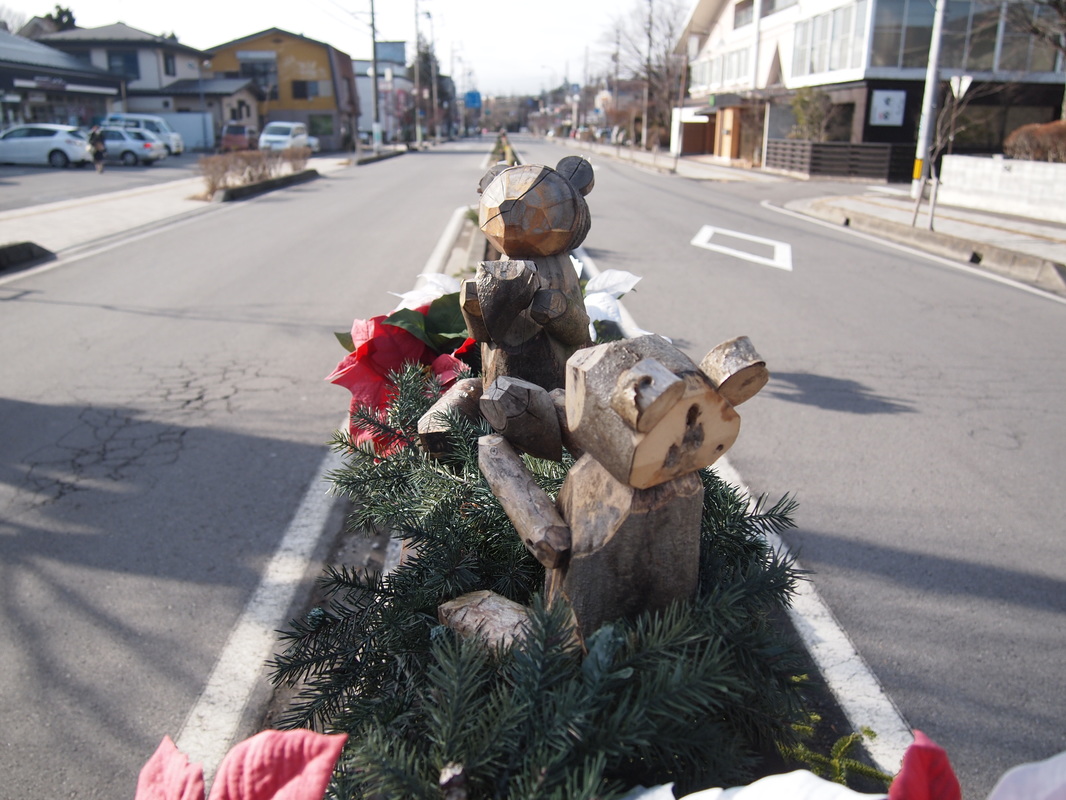
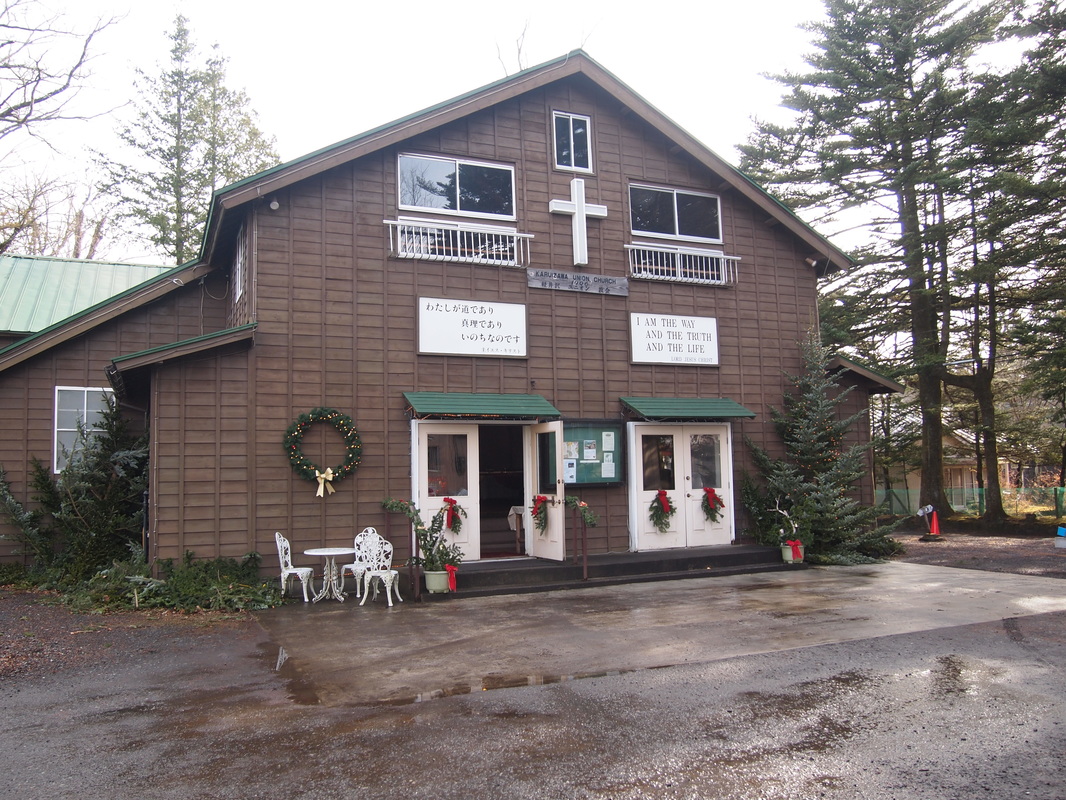
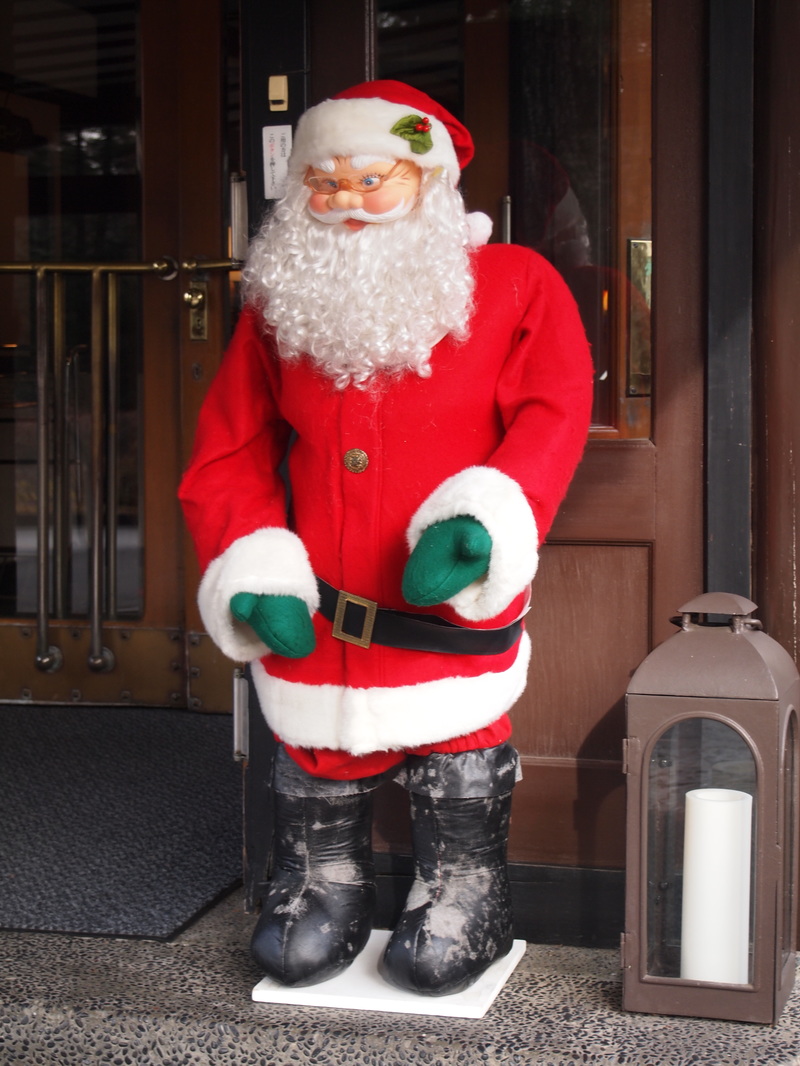
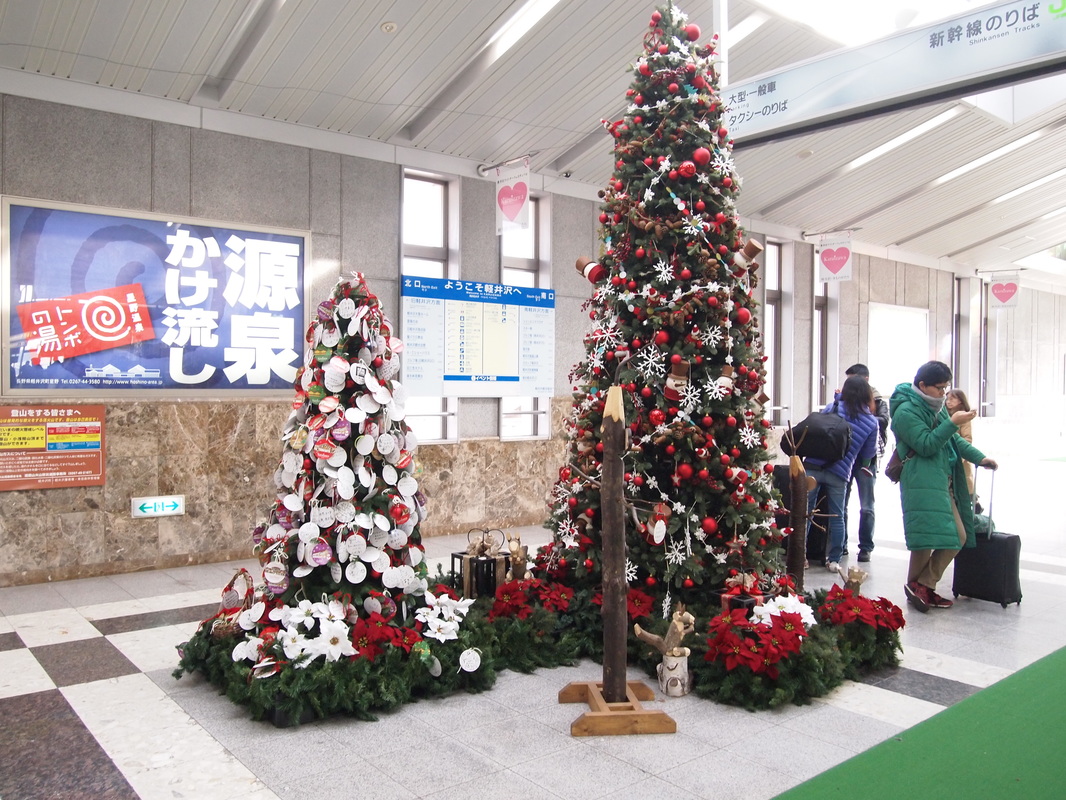
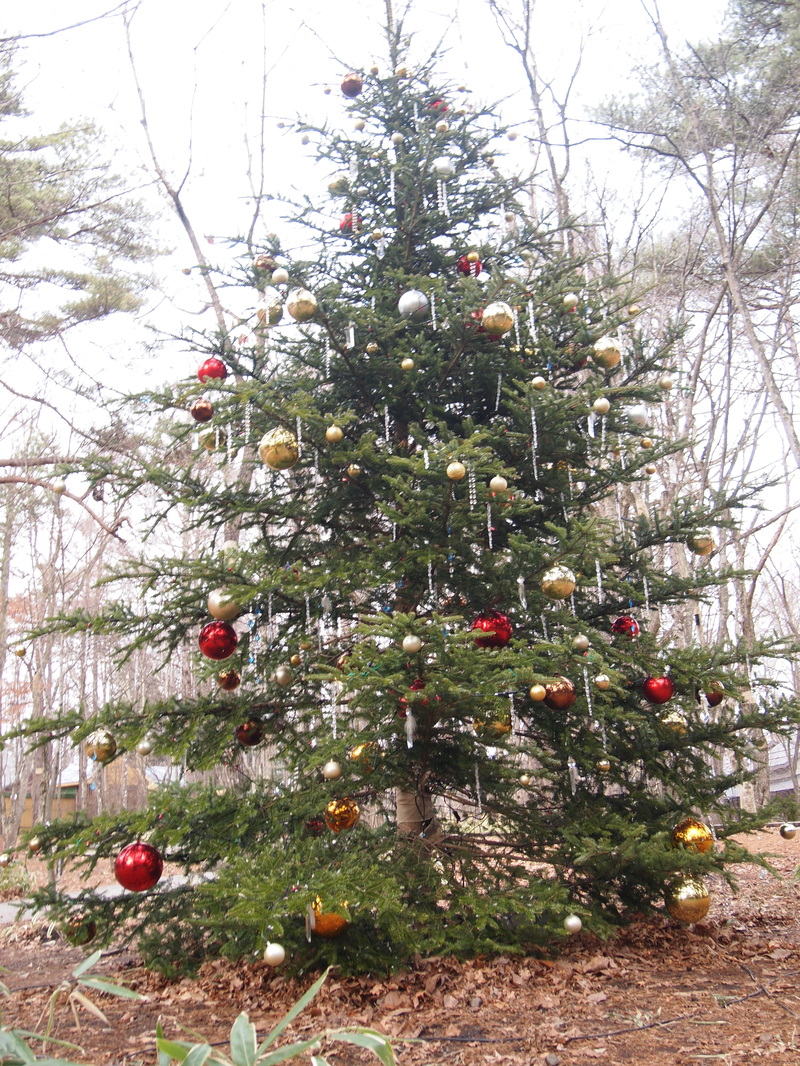


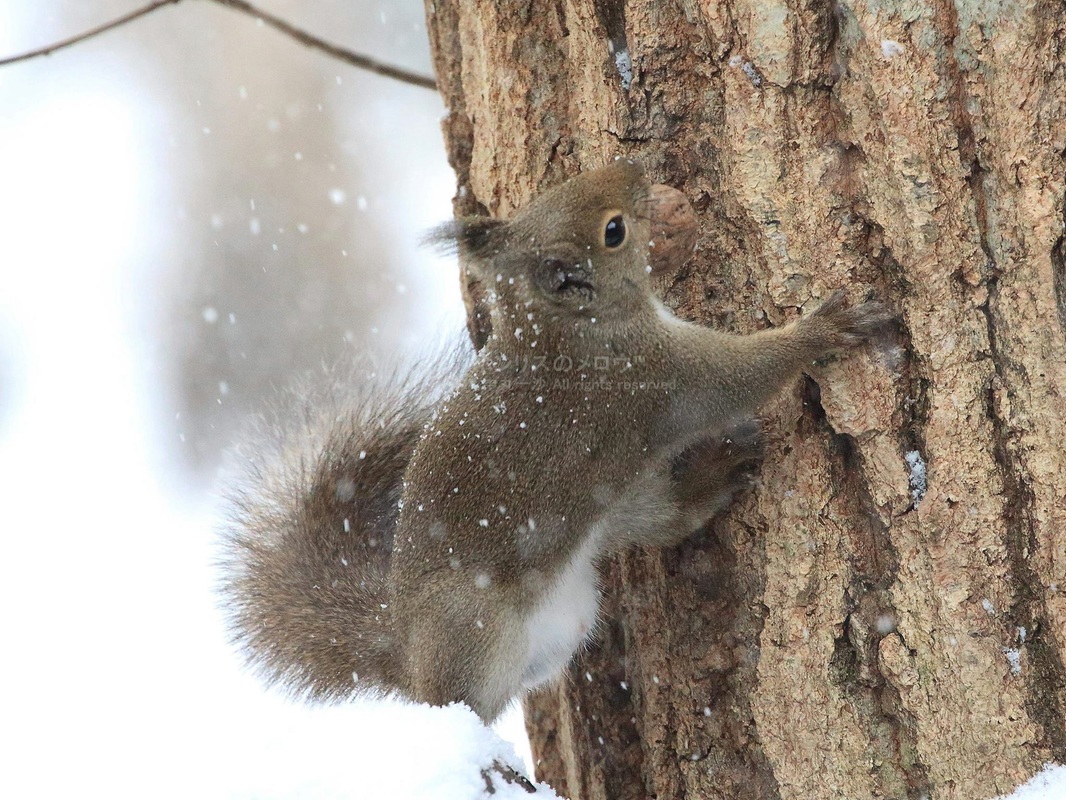
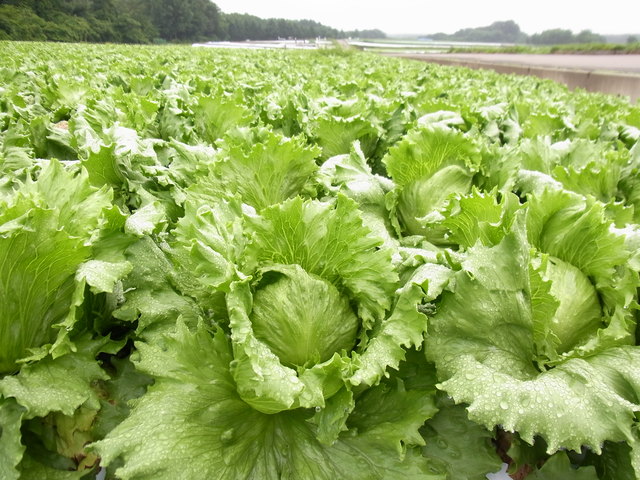

 RSS Feed
RSS Feed